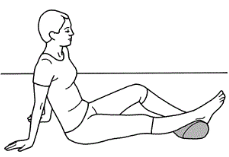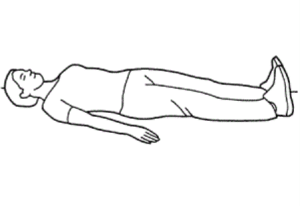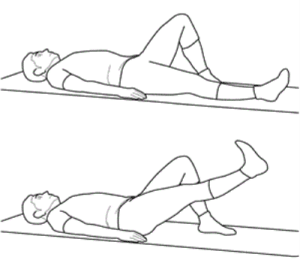Degenerative Meniscal Tear
As well as the acute meniscal tear which is generally caused by a specific trauma to the knee, there is also a condition called a degenerative meniscal tear. The most common age range for this type of meniscal injury is between 40 and 60 years of age. Symptoms and management can differ from that of a sudden onset meniscal tear.



